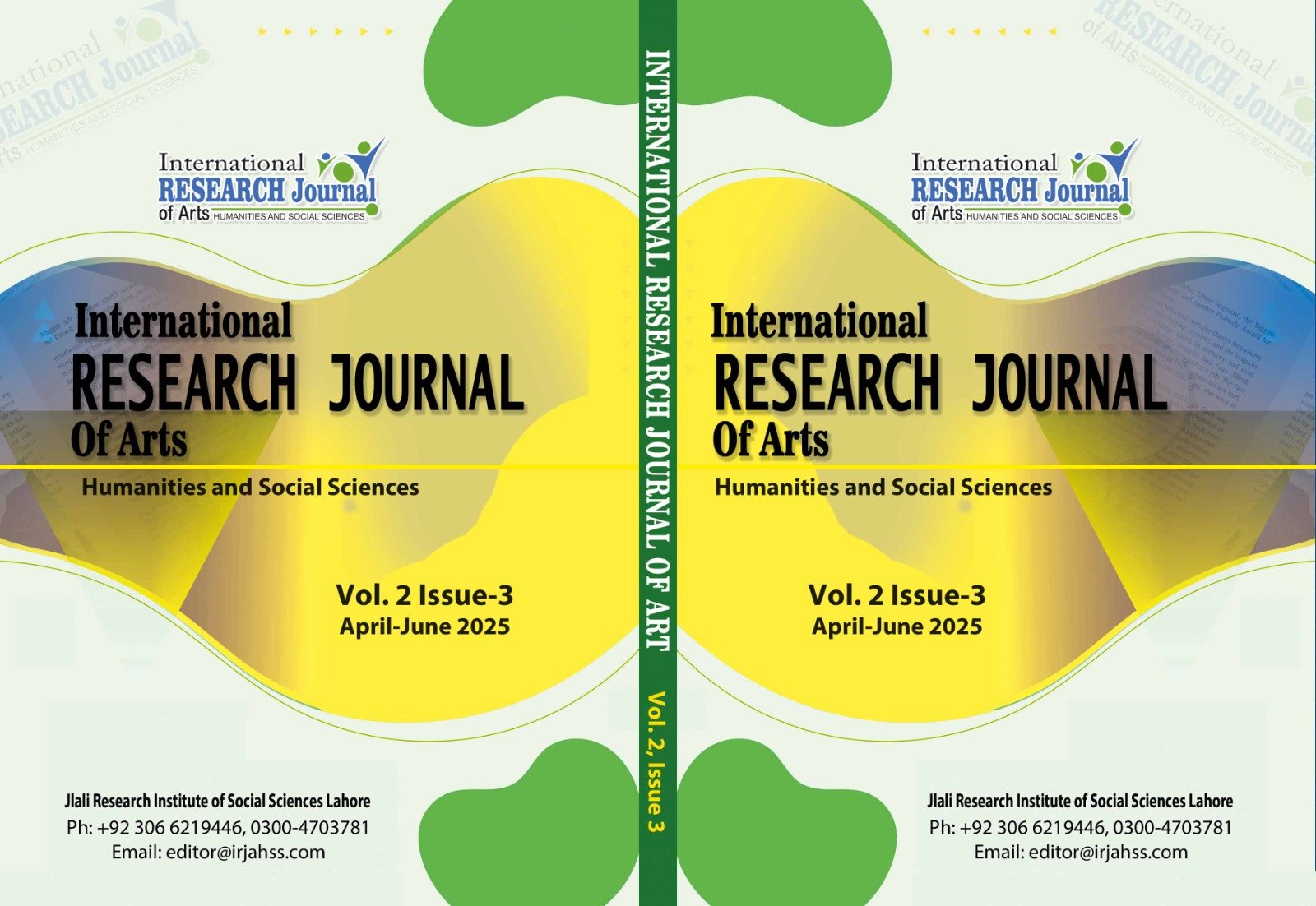TRACING A HISTORICAL OVERVIEW OF THE MOSQUES IN MULTAN
DOI:
https://doi.org/10.3456/wkhv1h07Abstract
This research traces a historical overview of the mosques in the historic city of Multan from the Umayyad period to the British colonial era. The historical background of Multan's mosques reflects the city's dynamic political and spiritual history, shaped by successive empires. The foundations of mosque architecture were laid during the Umayyad era, following the arrival of Muhammad bin Qasim. The Ghaznavid, Ghurid, and Sultanate periods saw the rise and fall of numerous empires and Sufi saints who played an important role in establishing khanqahs, madrasas, and mosques in this historic city. Although mosques built during these periods were lost, most were reconstructed during the Mughal era, which is considered the golden age of mosque architecture in Multan. Under Sikh rule, mosques suffered neglect and damage; yet, Muslim communities remained resilient. During the British colonial period, efforts to restore and build mosques continued, reflecting the community's enduring commitment to preserving its religious identity. Using historical analysis of both primary and secondary sources, the study investigates the phases of construction, destruction, and restoration of historic mosques across different periods. It is particularly valuable because it integrates various historical information about the mosques into a coherent narrative. By capturing this development in a unified format, the study provides a strong foundation for future research and conservation initiatives related to the mosques of Multan.
Downloads
Downloads
Published
Issue
Section
License
Copyright (c) 2025 International Research Journal of Arts, Humanities and Social Sciences

This work is licensed under a Creative Commons Attribution 4.0 International License.
Disclaimer: The International Research Journal of Arts, Humanities and Social Sciences (IRJAHSS) upholds the principles of open access, ensuring unrestricted access to scholarly content to foster the sharing and advancement of knowledge. The opinions expressed in the articles solely belong to the authors and do not necessarily reflect the views or policies of the journal's editorial team, editorial board, advisory board or research institute.






